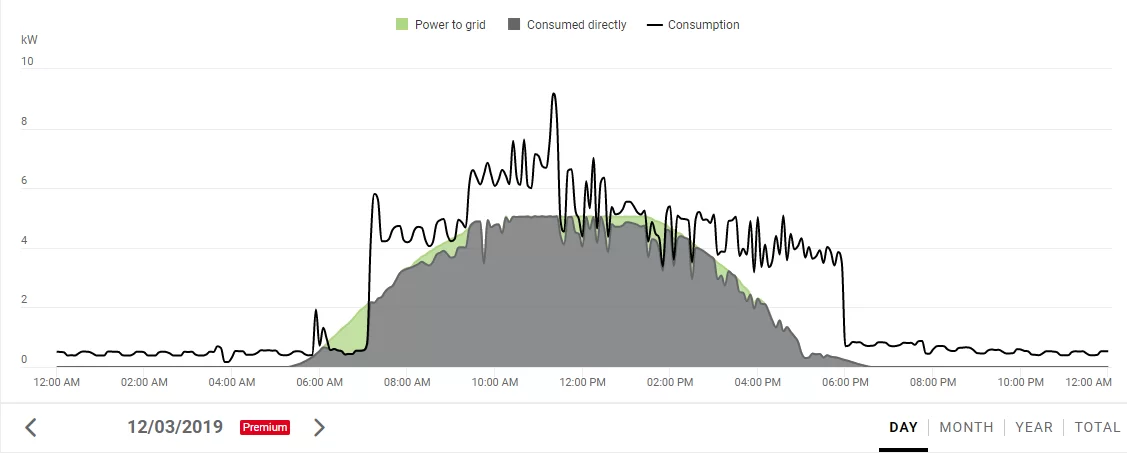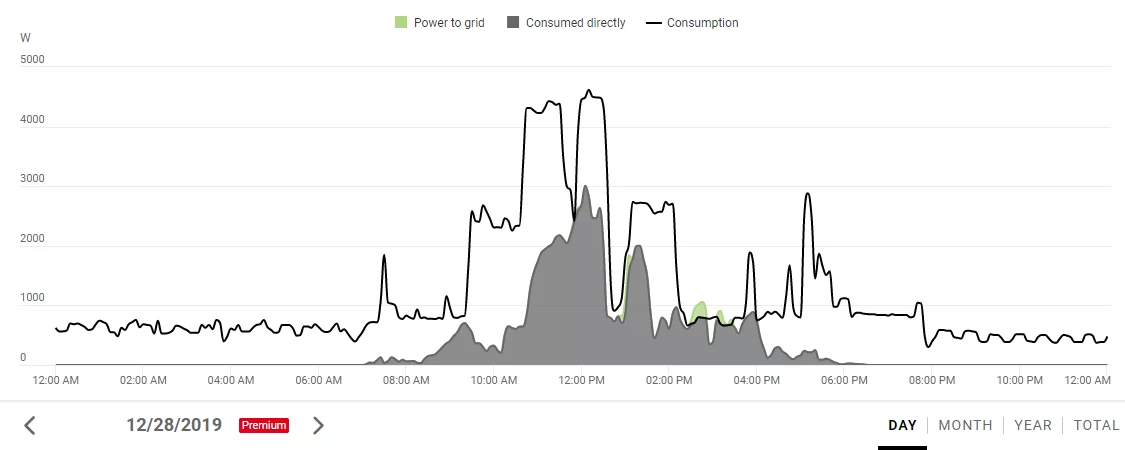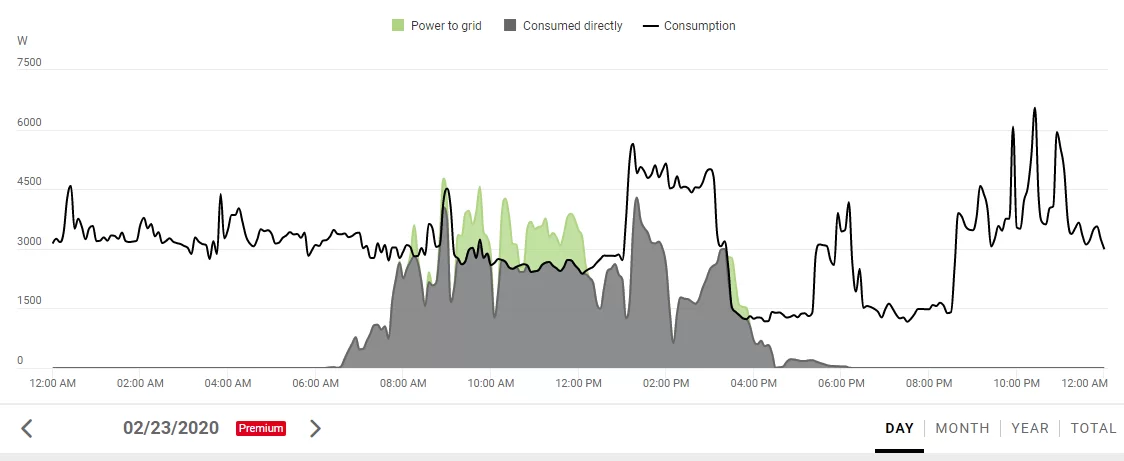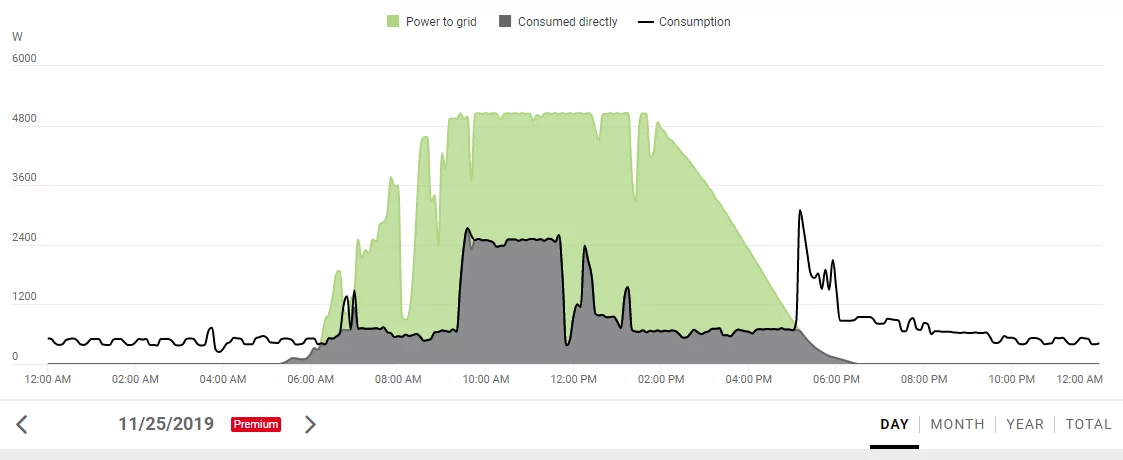Question: Why is my Summertime Power Bill High?
Just as the seasons change, the results on your power bill change across the year too. We are able to predict accurately the average annual/daily solar generation from a given system. However it is not as easy to predict the actual dollars saved and earned from a solar system. Plus it will vary from home to home and from season to season.
Over the past 10 years, at this time of year, we’ve had customers question their power bill because it has jumped in cost over the summer. In 99% of cases the solar is working exactly as it should, it is just the weather that is causing the not-so-desirable result on the power bill.
Answer:
There are a few reasons for this:
- Increased air-conditioning during daytime = less solar exported to the grid
- Increased air-conditioning during night-time = more imported electricity therefore high cost from Ergon
- More rain = more clouds = less solar generated overall
- More rain = increased clothes dryer use
It is very important for all customers to remember that the “credit” earned is from only the excess solar power that has flowed to the grid, not all the solar power generated. If your credit has decreased it just means that you are self-consuming more of the solar power within your home, before it gets to the grid.
So you are still saving money by not purchasing power during daytime, you just can’t see that figure on the power bill.
Here is a few charts to help illustrate:
High solar generation / high load:
On this day the home consumed a lot of power, peaking over 8kW and with constant load of 5kW. The solar also peaked at 5kW, so obviously a sunny, hot day. Almost all the solar power was self-consumed in the home and the export to the grid was virtually zero. Therefore the home has made very good unseen savings on the power bill .

Low solar generation / high load:
Conversely on this day the home still consumed a lot of power, but the solar was very erratic and overall low in generation.

And here is a different home with large air-con load for 24h, again with low/patchy solar (considering this is with a 10kW solar system):

High solar generation / low load:
Lastly, compared to this clear day in spring, with no air-con, you can see the 5kW solar output easily covers daytime load. Plus there is plenty of export to the grid (in green)

In all the charts above the grey shaded area is the “self-consumed solar”.
Importantly, this value is not shown on the power bill. But it amounts to a substantial amount of energy savings over the quarter/month.
We hope this explanation helps understand the variation across seasons and how it translates to your power bill.
If you have any questions please reach out to us.